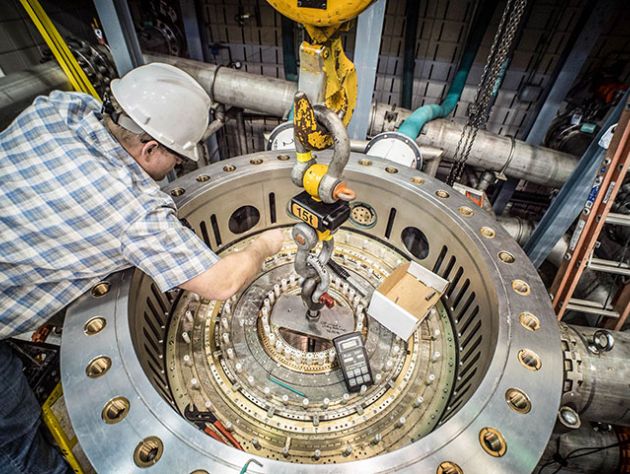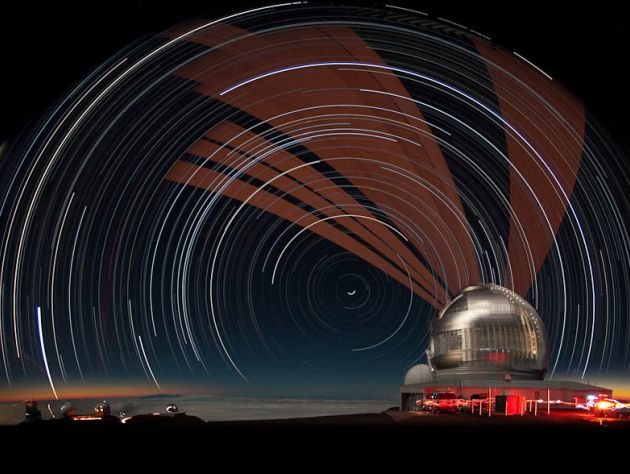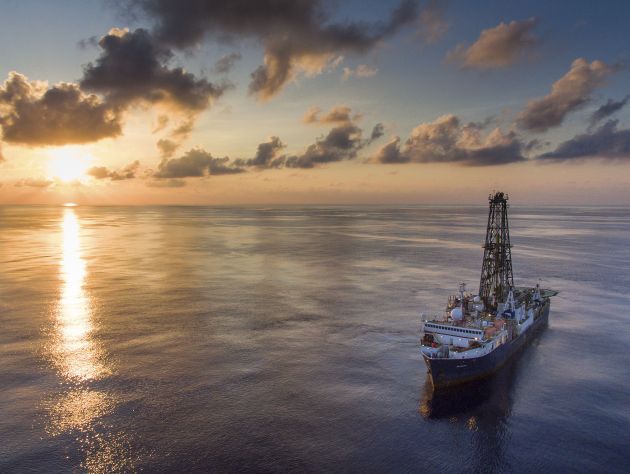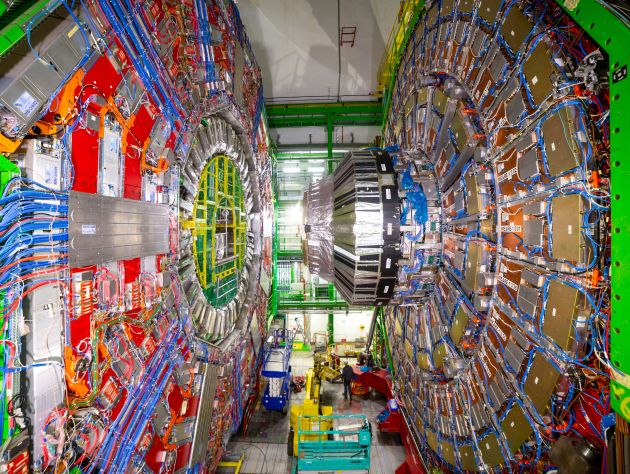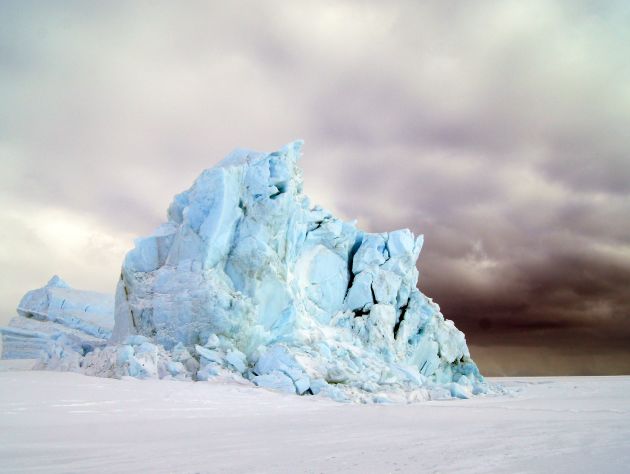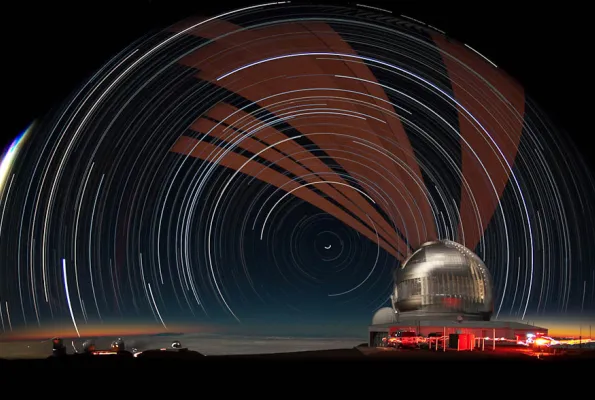
Virtual summer road trip: Visit NSF's cutting-edge science facilities without leaving home
Are you daydreaming of the perfect summer trip? Are you looking for things to do inside, as the dog days of summer approach? The National Science Foundation supports research facilities across the globe, many of which provide virtual tours for those who can’t visit in person. Join us for a trip to some of the most cutting-edge research facilities on the planet, exploring from the South Pole to outer space — no planes, trains or automobiles necessary.
MagLab
The National High Magnetic Field Laboratory resides on Florida State University’s campus in Tallahassee, Florida. MagLab, as it is commonly known, develops and operates super powerful magnets that help researchers study a variety of fields including physics, materials, chemistry, biology and brain research.
Magnets are at the heart of research aimed at everything from discovering new materials to make high-tech products smaller, faster and stronger to the search for more sustainable sources of energy, as well as conservation and storage techniques. MagLab is the world leader in designing, developing and constructing the magnets that support this crucial research. The lab is a collaborative project managed by FSU, in partnership with the University of Florida, Los Alamos National Laboratory and other institutions. In addition to taking a virtual tour of the lab, you can learn about their work building magnets, freezing atoms and operating the world’s strongest magnet. You might even see them shrink a quarter.
Astronomical Observatories
NSF is the federal leader of ground-based astronomy in the U.S. with facilities all over the world.
Near the top of Maunakea on the Island of Hawaii sits one half of the Gemini Observatory's twin 8.1 meter telescopes. Its sibling is nestled on the summit of Cerro Pachón in Chile. In order to maintain the best viewing conditions, these two optical telescopes are situated on top of mountains where the air is clearer and cleaner. With the ability to see things in the infrared spectrum, as well as visible light, Gemini is well equipped to give new insights on the universe — like some of the highest resolution images ever obtained of Jupiter from Earth.
Virtual Tour of Gemini Observatory
But visible light isn’t the only way to study space. The National Radio Astronomy Observatory uses radio telescopes to track radio waves emitted by distant stars, planets, galaxies and clouds of dust. These radio waves reveal a new perspective on the universe that wouldn’t otherwise be visible using optical telescopes, such as an exclusive view of a new star's formation. With telescopes and arrays spanning from New Mexico and Hawaii to Chile and beyond, NRAO has teamed up with partners around the world to make radio astronomy a key tool in the quest to unlock fundamental mysteries of the universe. It was radio astronomy that recently allowed us to see the first image of a black hole.
NRAO Explore Virtual Experiences
JOIDES Resolution
The research vessel JOIDES Resolution sails around the globe drilling core samples and collecting measurements from under the ocean floor. One of only two drilling ships in the world used exclusively for scientific research, the JOIDES can drill up to 1.2 miles into the seafloor. As part of the International Ocean Discovery Program, researchers onboard take core samples to learn more about the Earth's structure and change over time. This state-of-the-art floating Earth science laboratory is supported by NSF and operated through a cooperative agreement with Texas A&M University. In the virtual tour, you can see scientific equipment and many parts of the ship — including the moon pool, a 20-foot-wide opening in the middle of the ship for instruments to be lowered through.
Virtual tour of the JOIDES Resolution
Large Hadron Collider at CERN
In Geneva, Switzerland, the Large Hadron Collider at CERN — the European Organization for Nuclear Research — is the most powerful particle accelerator ever constructed. It fires beams of protons at 99.99% the speed of light! With its impressive speed and high energies, it’s the premier facility in the world for particle physics research, which studies the nature of particles that make up matter and radiation. NSF supports the LHC beauty experiment, which investigates matter and antimatter by studying a type of particle called the "beauty quark," one of six types of particles that make up protons and neutrons. Take a tour to discover what other strange particles you can find.
Antarctica
Antarctica is known as a home to penguins, whales and seals, but the continent hosts researchers year-round too. NSF's U.S. Antarctic Program supports a diversity of research in the Antarctic, from environmental studies to telescopes, neutrino detectors and even the search for dinosaur remains. To get a glimpse of what it’s like to live and work in some of the most remote places on Earth, tap into one of the livestream webcam videos broadcast from USAP's three research stations: McMurdo Station on Ross Island; Amundsen-Scott South Pole Station, located at the geographic South Pole; and Palmer Station, on Anvers Island in the Antarctic Peninsula region.
Amundsen-Scott South Pole Station webcams
For more information about NSF-supported facilities, check out the facility map

